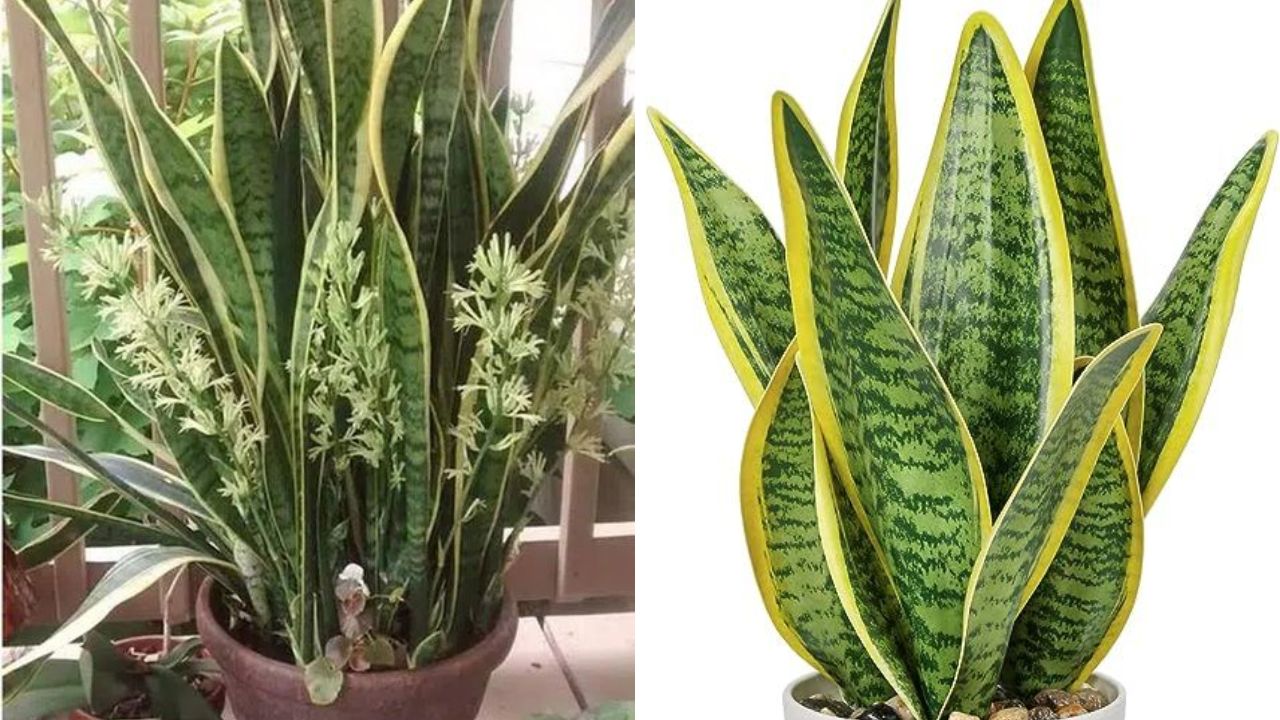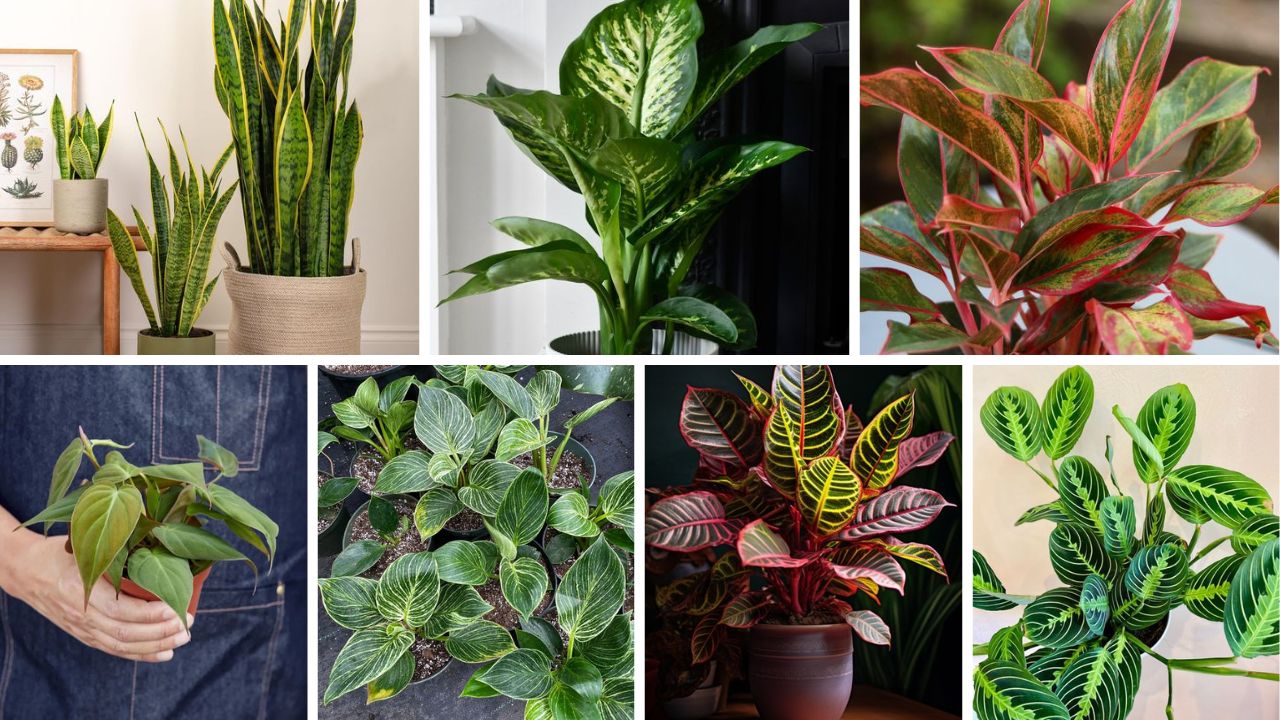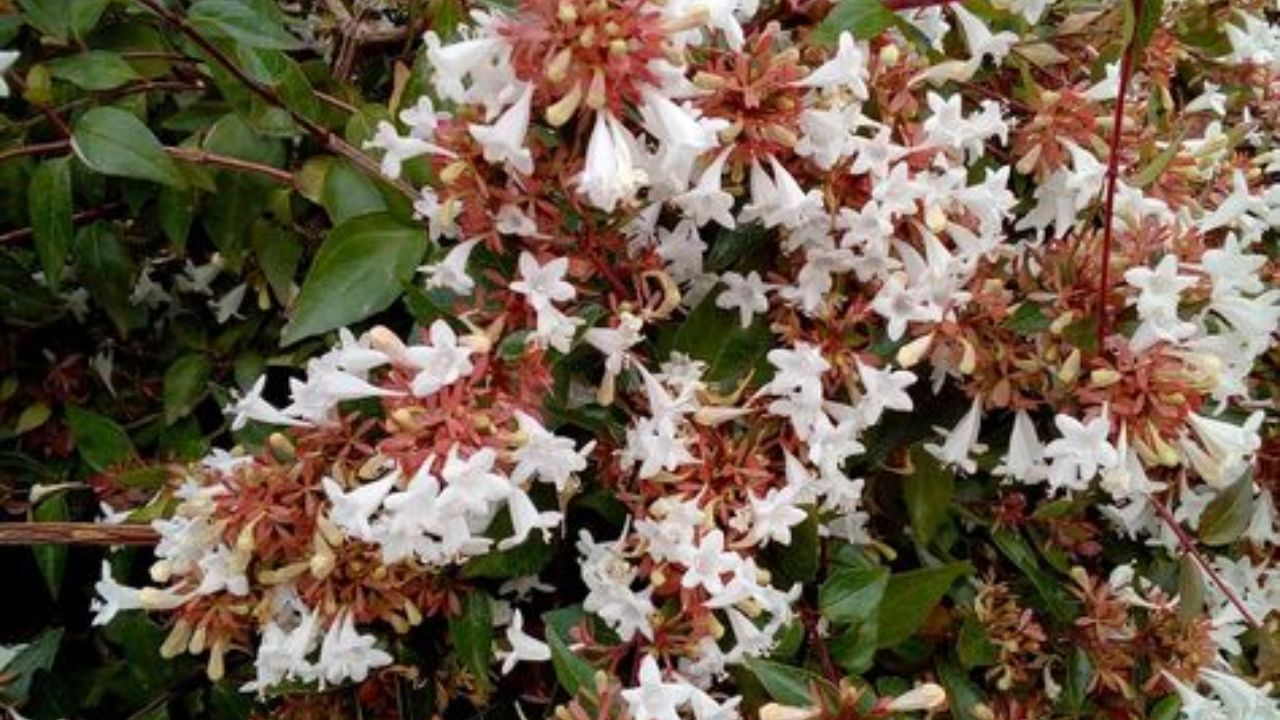The Abelia genus includes over thirty species of shrubs, both deciduous and evergreen, that are prized for their vivid leaves and protracted flowering periods. Since it has been shown through contemporary DNA testing that several previously identified species of the genus were significantly different, there has been a great deal of dispute regarding the Abelia genus itself. Different horticulturists acknowledge differing nomenclature systems, which either shrink the Abelia genus or reassign these species to the Linnea genus.
There are multiple common identifiers for shrubs that are frequently referred to as abelia. The pointy, oval-shaped leaves of these shrubs are generally green or yellow with accents of pink, orange, bronze, or burgundy. Certain plants exhibit variegation or multicoloration, and some even undergo seasonal color changes. Their tubular flowers are frequently seen in shades of white, pink, or yellow. Abelia bushes have a long blooming season that lasts from spring through fall, in contrast to many other flowering plants.
Table of Contents
TogglePlant Overview
| Common Name | Abelia |
| Botanical Name | Abelia |
| Family | Caprifoliaceae |
| Plant Type | Shrub |
| Mature Size | 2-10 ft. tall, 2-8 ft. wide |
| Sun Exposure | Full, Partial |
| Soil Type | Loamy, Moist but well-drained |
| Soil pH | Acidic, Neutral |
| Bloom Time | Spring, Summer, Fall |
| Flower Color | Pink, Yellow, White |
| Hardiness Zones | 4-11, USA |
| Native Area | Asia |
Abelia Care
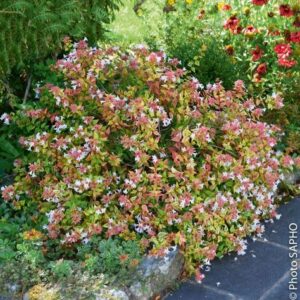
Once established, abelia plants require very little upkeep and are quite easy to care for. Even so, their vibrant leaves and extended blooming season provide the gardener with a profusion of color and visual intrigue. Hummingbirds, butterflies, and other pollinators are drawn to their enduring blossoms, and their colorful foliage frequently changes color during the growing season. While powder mildew, anthracnose, and aphids might cause issues, pests, and diseases rarely damage these plants.
When the weather is mild, it is ideal to plant these plants in the early spring or early fall. Pick a location that receives lots of sunlight and has rich, draining soil. Plant the abelia with the very top of the root system just above the earth in a hole twice as broad as the root structure.
Light Requirements
Growing conditions for abelia include both full sun and some shade. On the other hand, full sun planting will promote a healthy bloom and more vivid foliage hues. Some afternoon shade is beneficial for plants growing in regions where summer temperatures are high.
Soil and Potting
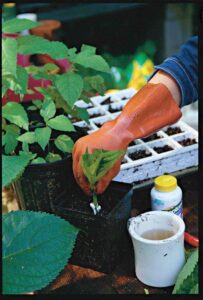
Abelia plants can grow in a variety of soil types, although they prefer rich, well-draining, and moist soil. It is advised to amend the soil with compost prior to planting because these plants prefer soil that is high in organic matter. For best growth, the pH of the soil should be somewhat acidic.
Watering
Once established, these low-maintenance plants can withstand droughts. But regular watering is what makes them thrive. To keep your abelias colorful and healthy, you should plan to water them once or twice a week, especially during the hottest summer months. Let the soil dry out a bit before you water it again. Abelias prefers deep watering seldom rather than light watering frequently.
Temperature and Environment
USDA hardiness zones 4 through 11 are among the several climate ranges in which abelia plants can be grown. The ideal growth zones vary depending on what each variety requires.
Fertilization
Rich organic matter soil is ideal for abelia shrubs. Every year, add compost to help encourage healthy soil drainage and supply essential nutrients. Abelias will also benefit from a slow-release shrub fertilizer applied early in the spring, which will provide them the extra growth spurt they require for another year.
Types of Abelia
Glossy Abelia (Abelia × grandiflora): This well-liked type may be cultivated anywhere, from cold to warm climates. Its glossy leaves provide long-lasting evergreen foliage in warm climates and semi-evergreen foliage in cooler climates.
‘Kaleidoscope’ Abelia: This well-liked dwarf species is well-known for its colorful leaves that vary in hue throughout the year. Its variegated foliage turns a vivid orange-red in the fall after appearing yellow in the spring. When in bloom, little white blooms accent this.
‘Rose Creek’ Abelia (Abelia x chinensis): This cultivar is well-known for its unusual color schemes. It features glossy green leaves that transition to bronze in the fall, as well as pink-to-white flowers. The branches’ rich crimson color contrasts well with these intriguing color shifts.
Pruning
Regular trimming will maintain abelia shrubs robust and well-groomed. To prevent cutting off new growth or flower buds, pruning is best done in the late winter or early spring. Pruning the plant to the desired shape requires removing any dead or broken branches. Take just about one-third of the shrub total. It is possible to trim the long, thin shoots that some types develop from the trunk or branches to give the tree a more refined appearance. For other types, pruning is better done after flowering because they flower on older wood.
Propagating Abelia
Plants can be propagated by using cuttings from both softwood and hardwood plants. Hardwood cuttings do not root as readily as softwood cuttings, despite the fact that they are sometimes harder than softwood. Hardwood cuttings are collected in the fall, and softwood cuttings in the spring. The same level of care is given to both. You will need a tiny container, well-draining, rich soil, rooting hormone, and sharp scissors to grow any kind. Then take these actions:
- Cut a tiny branch, about 6 inches long, with sharp scissors. Slice through a node below.
- Eliminate any lower leaves.
- Plant the cut end gently into rich, well-draining soil after dipping it in root hormone.
- Put the pot somewhere warm and bright. Maintain moisture in the soil.
- In around one to two months, roots ought to start to form.
How to Grow Abelia From Seed?
You can also grow abelia from seeds, but be aware that the plants you develop from gathered seeds will not look like the parent plant. Certain cultivars, like glossy abelia, are sterile and yield no seeds at all. Cuttings need to be taken in order to obtain a perfect replica of the parent plant. Growing abelia plants from seeds is a satisfying experience, provided that you don’t mind a little different bloom, scent, or color on your plant. If you want to start them indoors, you’ll need small pots, moist, rich soil, and a sunny spot. To cultivate them indoors, adhere to these guidelines:
- Rich, wet, and well-draining soil should be filled into small pots.
- In each pot, scatter a few seeds and lightly press them into the ground.
- Keep the soil moist and place the pots in a warm, sunny spot.
- It should germinate in a few weeks.
- When the seedlings reach a height of several inches, allow them to be hardened off outside until they are prepared for planting in the garden.
Potting and Repotting Abelia
While some abelias stay little, others can grow to be rather tall. Dwarf variants and other little kinds are ideal for container gardens. Before planting an abelia, make sure the pot you select has the right amount of drainage holes. Selecting a pot that will enable the plant to thrive for several years without requiring transplanting is the ideal option. Get a container that is at least 8 inches bigger than the root system in order to accomplish this. After that, fill the pot to the brim with compost-rich soil, keep it wet, and set it in a sunny spot.
If the plant becomes too big for its container, turn it upside down and tap the entire surface of the container to gently dislodge the roots. Remove the root system from the pot by sliding it out and planting it in a new pot with a few inches of additional room on all sides. After adding rich soil, give it a good watering.
Overwintering
Abelias don’t need extra care to survive the winter when planted in the right zones. Plants grown in containers in colder climates, however, could require additional protection from the weather and should be brought inside or to a protected environment, such as a greenhouse.
How to Get Abelia to Bloom?
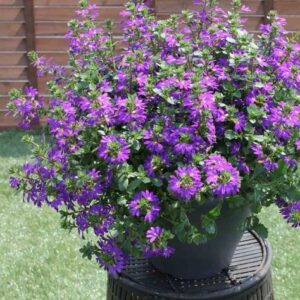
The long-lasting tubular flowers that bloom on abelia plants from spring to fall are well-known. These little flowers have four or five petals each and are only a few inches long. They can be seen in white, pink, or yellow, and hummingbirds and butterflies are drawn to them as pollinators. Their scent is rather lovely.
Usually, these bushes blossom without any issues. Make sure the plant gets plenty of sunshine and that the soil drains properly to promote a good bloom. Don’t over-prune as this can reduce the amount of flowers that are produced.
Common Problems With Abelia
Abelias are well known for being low maintenance and providing relatively trouble-free gardening experiences. However, issues might occasionally arise when cultivating these low-maintenance plants.
Thick foliage and No Flowers
As mentioned previously, abelias often blossom without any encouragement. But if, during blooming season, you discover that an abelia has robust, lush foliage but no blossoms, the problem may lie with the fertilizer you are using. An excess of nitrogen in fertilizer promotes the growth of foliage rather than the formation of flowers. Make the switch to a fertilizer with a greater potassium, nitrogen, and phosphorus ratio.
Yellowing Leaves and Sickly Appearance
This indicates overwatering, which is frequently brought on by muddy, poorly draining soil. Rotten roots could be the cause. Remove any diseased roots or branches from the plant by carefully digging it up if you think there may be root rot. Replant the abelia gently after amending the soil with well-draining materials like sand and compost. Water the soil once again just after letting it start to dry up.
Also Read: Pink Princess Philodendron Complete Guide To Grow and Care

